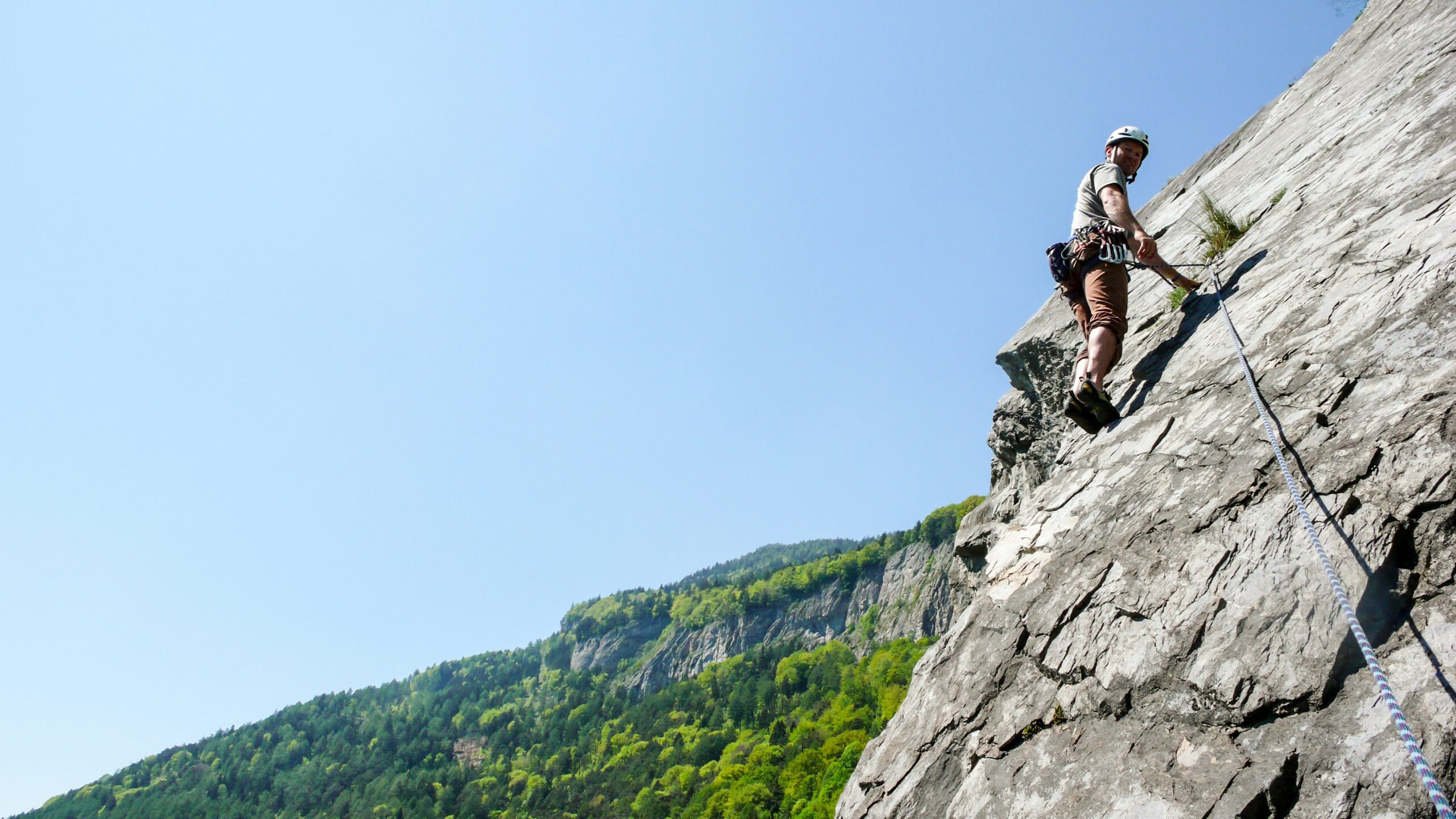
Prepare Thoroughly Before Your Hike
Before hitting the trail, preparation is key. Start by checking the weather forecast and trail conditions. Knowing what to expect helps you avoid unexpected dangers like flash floods or slippery paths. Pack the essentials, including water, snacks, a map, and a first-aid kit. Proper preparation ensures you handle trail hazards calmly and confidently.
Next, research the trail difficulty and terrain. Beginners should stick to marked trails with moderate difficulty, while experienced hikers may explore more challenging routes. Sharing your hiking plan with someone you trust adds an extra layer of safety. They can alert authorities if you don’t return on time, helping prevent dangerous situations.
Wear Proper Hiking Gear
Wearing the right gear reduces the risk of injuries on the trail. Sturdy, well-fitting hiking boots protect your feet and ankles from rocks, roots, and uneven terrain. Comfortable, moisture-wicking clothing prevents overheating and chafing. Don’t forget a hat, sunglasses, and sunscreen to protect yourself from sun exposure.
Additionally, consider hiking poles for stability on steep or slippery trails. These tools help distribute weight and reduce strain on your knees. Always carry a small backpack with layers in case the weather changes. Being well-equipped allows you to react quickly to hazards and enjoy your hike safely.
Stay Hydrated and Energized
Dehydration and fatigue increase the risk of accidents. Drink water regularly and carry enough to last the entire hike. Energy-rich snacks, such as nuts, trail mix, or granola bars, help maintain stamina on long trails. Monitoring your energy and hydration levels is one of the simplest yet most effective hiking safety tips.
Moreover, plan breaks to rest and assess your surroundings. Taking short pauses helps you avoid overexertion and spot potential hazards. When your body feels strong and alert, you are less likely to make mistakes that could lead to injuries on the trail.
Be Aware of Wildlife and Plants
Encounters with wildlife can be dangerous if you are unprepared. Make noise to alert animals of your presence, and keep a safe distance if you spot them. Do not feed or approach wildlife, as this can provoke aggressive behavior.
Similarly, learn to identify poisonous plants like poison ivy or poison oak. Wearing long sleeves and pants reduces the risk of contact. Understanding your environment and respecting wildlife ensures a safer hiking experience. Awareness of surroundings is one of the most essential hiking safety tips to follow consistently.
Navigate Safely on the Trail
Getting lost is a common hazard for hikers. Always carry a detailed map and a compass or GPS device. Learn basic navigation skills before your hike, including reading trail markers and recognizing natural landmarks. Staying on marked trails reduces the risk of getting lost and encountering dangerous terrain.
Pay attention to trail signs and warnings. Avoid shortcuts that can lead to unstable ground or cliffs. Following proper navigation practices not only keeps you safe but also preserves the natural environment for others. Safe navigation is a fundamental part of hiking safety tips that every hiker should practice.
Monitor Weather and Trail Conditions
The weather can change rapidly in outdoor environments. Storms, strong winds, and sudden temperature drops create hazardous conditions. Check the forecast before and during your hike to avoid getting caught in dangerous situations.
Trails may become slippery or flooded after rain. Adjust your plans accordingly and be ready to turn back if conditions worsen. Monitoring weather and trail conditions helps you prevent accidents and ensures that your hike remains safe and enjoyable.
Practice Leave No Trace Principles
Environmental hazards often result from human activity. Keep trails clean by carrying out all trash and avoiding damage to plants or wildlife. Staying on designated paths prevents erosion and protects both hikers and the environment.
Respecting nature reduces unforeseen hazards like falling branches or unstable ground caused by erosion. Practicing Leave No Trace principles aligns with safe hiking practices and promotes a sustainable outdoor experience for everyone.
Responding to Emergencies
Even with the best precautions, emergencies can happen. Know how to treat minor injuries such as cuts, sprains, or insect bites. Carry a first-aid kit and learn how to use its contents.
If you encounter a serious emergency, stay calm and call for help using your phone or a personal locator beacon. Knowing emergency protocols is an essential part of hiking safety tips, ensuring that you can handle unexpected situations efficiently.
Hiking safety tips are essential for enjoying the outdoors without unnecessary risks. By preparing thoroughly, wearing proper gear, staying hydrated, respecting wildlife, navigating carefully, monitoring conditions, practicing Leave No Trace, and knowing emergency procedures, you create a safe and enjoyable hiking experience. Follow these tips, and every trail you explore becomes an adventure full of confidence and security.